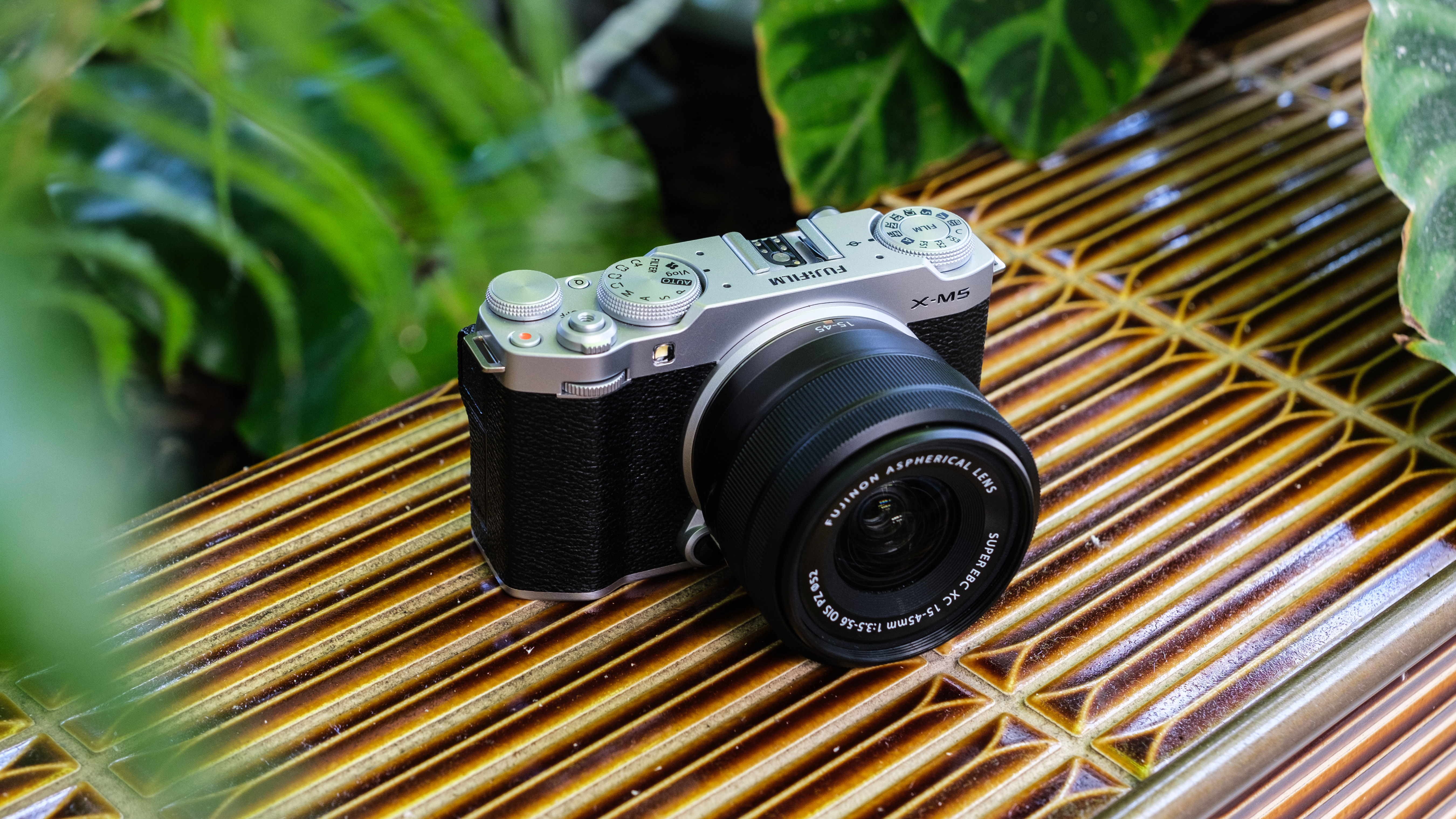
It’s been several years since Fujifilm attempted to kick off the X-M series (if you can call one camera a series, that is), but despite generally positive reviews the X-M1 never took off enough to garner any sequels. Things also got a little more confusing when positioned next to Fujifilm’s (also now discontinued) X-E series that was, to oversimplify, an X-M with an EVF.
But how the times have changed. With the compact comeback in full resurgence, people cannot get enough of pocket-friendly cameras. In some cases quite literally, with compact cameras like the Fujifilm X100VI and Ricoh GR III being back ordered for months on end, as manufacturers struggle to meet demand. So the timing couldn’t be more perfect for the X-M series to get a revival with the new Fujifilm X-M5.
Fujifilm has skipped a few versions with the new X-M5 to fit its current fifth-generation naming convention, but the new camera doesn’t change the basic fundamentals of the original: it’s a compact, interchangeable X-Mount lens camera, with no EVF and a focus on easy content creation.

The Fujifilm X-M5 fits in with the company's more classic-style cameras, which are known for their retro looks and manual dials – but while the X-M5 does have two dials atop the camera, neither is used for camera settings. Instead, the X-M5 is the second Fujifilm camera to get a Film Simulation dial (after the X-T50).
The dial enables you to switch between 20 of Fujifilm’s immensely popular presets that mimic the look of classic film stocks. While the second dial is dedicated to switching camera modes, film recipe users will be happy to see four custom slots on the dial!
The X-M5 has the honor of now being the smallest and lightest camera body in Fujifilm’s lineup, weighing just 355g and measuring 111.9 x 66.6 x 38mm. But in a tight compact market, how does that compare to the competition? A Sony ZV-E10 II is larger at 114.8 x 67.5 x 54.2mm but weighs only 292g without a lens, while Ricoh’s GR III measures 109.4 x 61.9 x 35.2mm and weights 262g (although that’s cheating slightly, as the Ricoh has a fixed lens).
Inside the X-M5 is the most up-to-date processor from Fujifilm – the X-Processor5, which handles the camera’s autofocus smarts that put it on par with the best in Fujifilm’s range. The X-M5 can detect and track human faces and eyes, animals, birds / insects, vehicles including cars, motorbikes, bikes and trains, as well as airplanes / drones.
But, in the same combination we saw last year with the Fujifilm X-S20, the X-M5 comes fitted with last generation’s X-Trans IV sensor, which offers 26.1MP rather than the 40MP packed into Fujifilm’s newer sensor. While 40MP is nice, 26MP is likely plenty for the kind of photography the X-M5 is going to be used for. The X-M5 sensor doesn't have any in-body image stabilization, but the camera can use digital stabilization for video.
The X-M5 has both a mechanical and electronic shutter, with a max shooting speed of 30fps with a 1.25x crop, or 20fps without any crop using the electronic shutter, and an 8fps max speed with the manual shutter. The mechanical shutter is effective up until 1/4000 a second when the electronic shutter takes over for shutter speeds up to 1/32000.
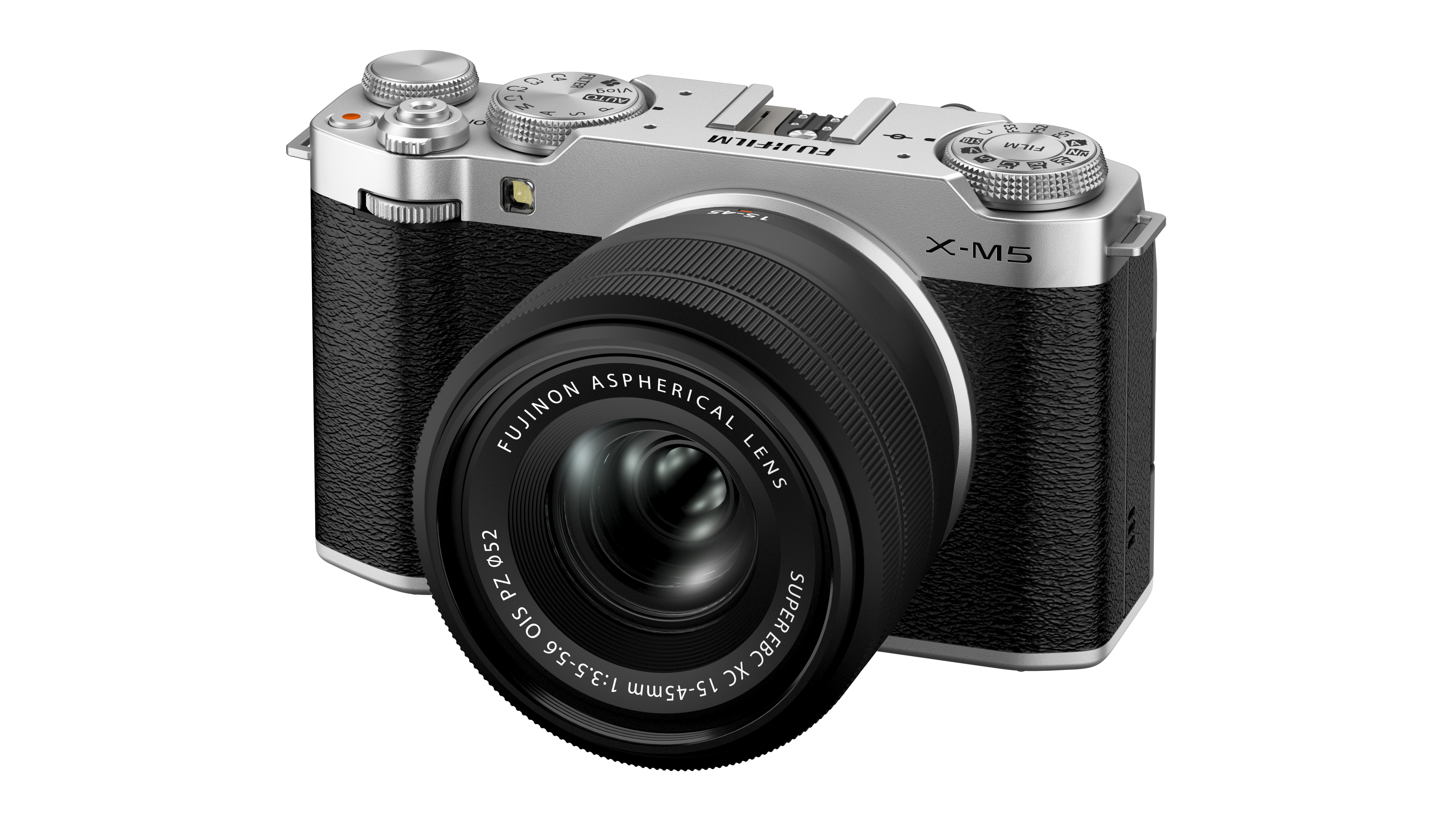
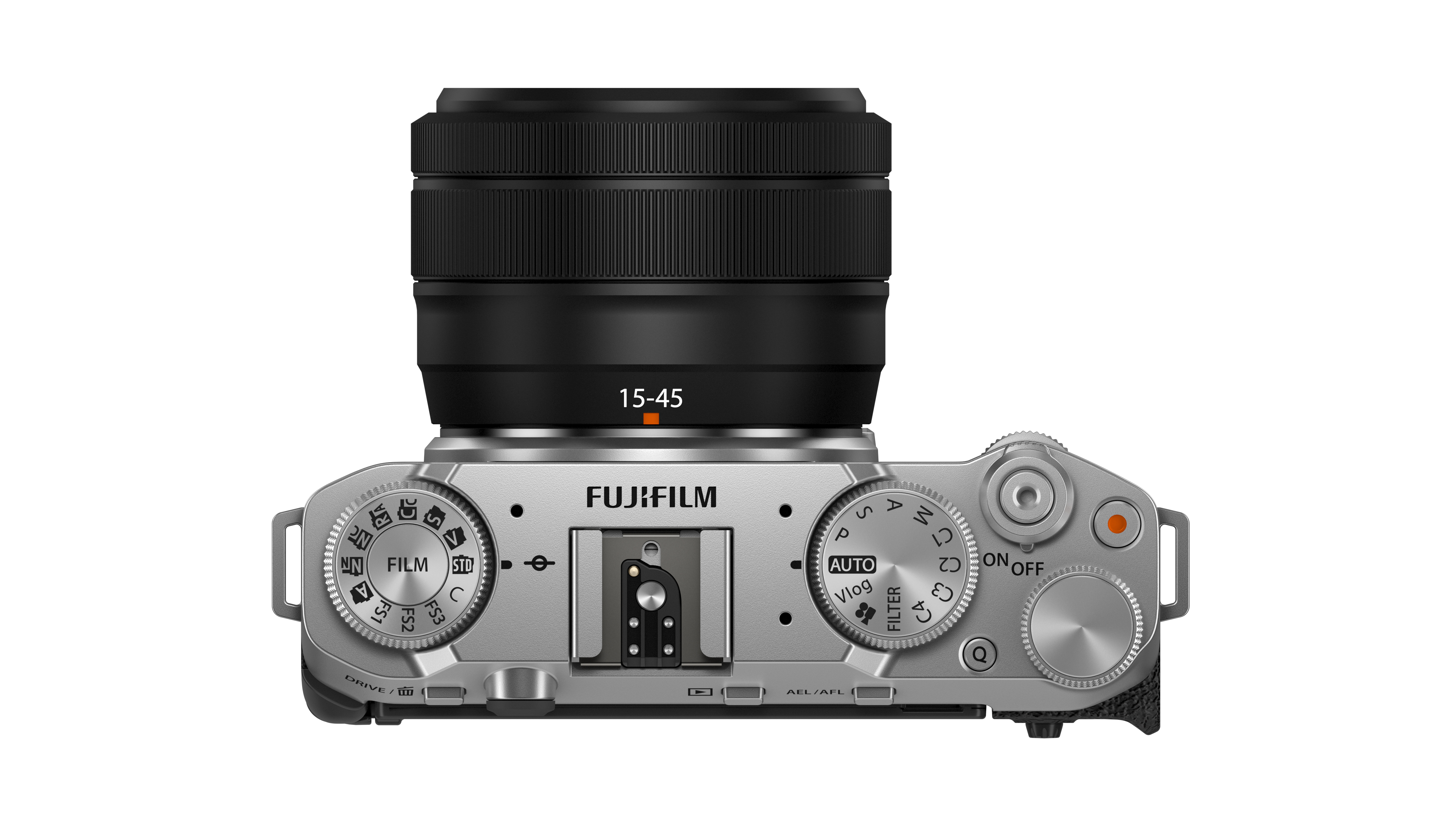
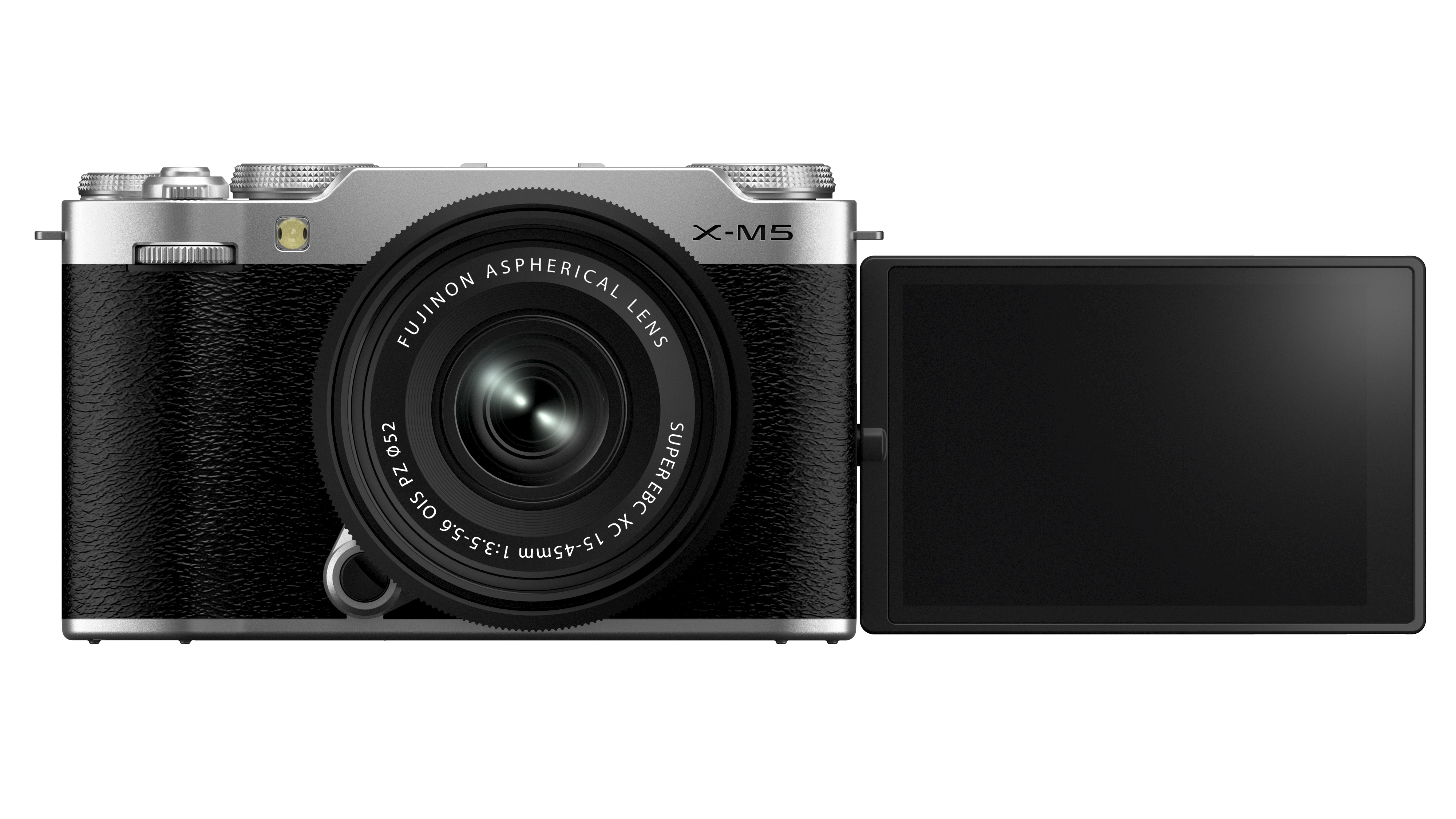
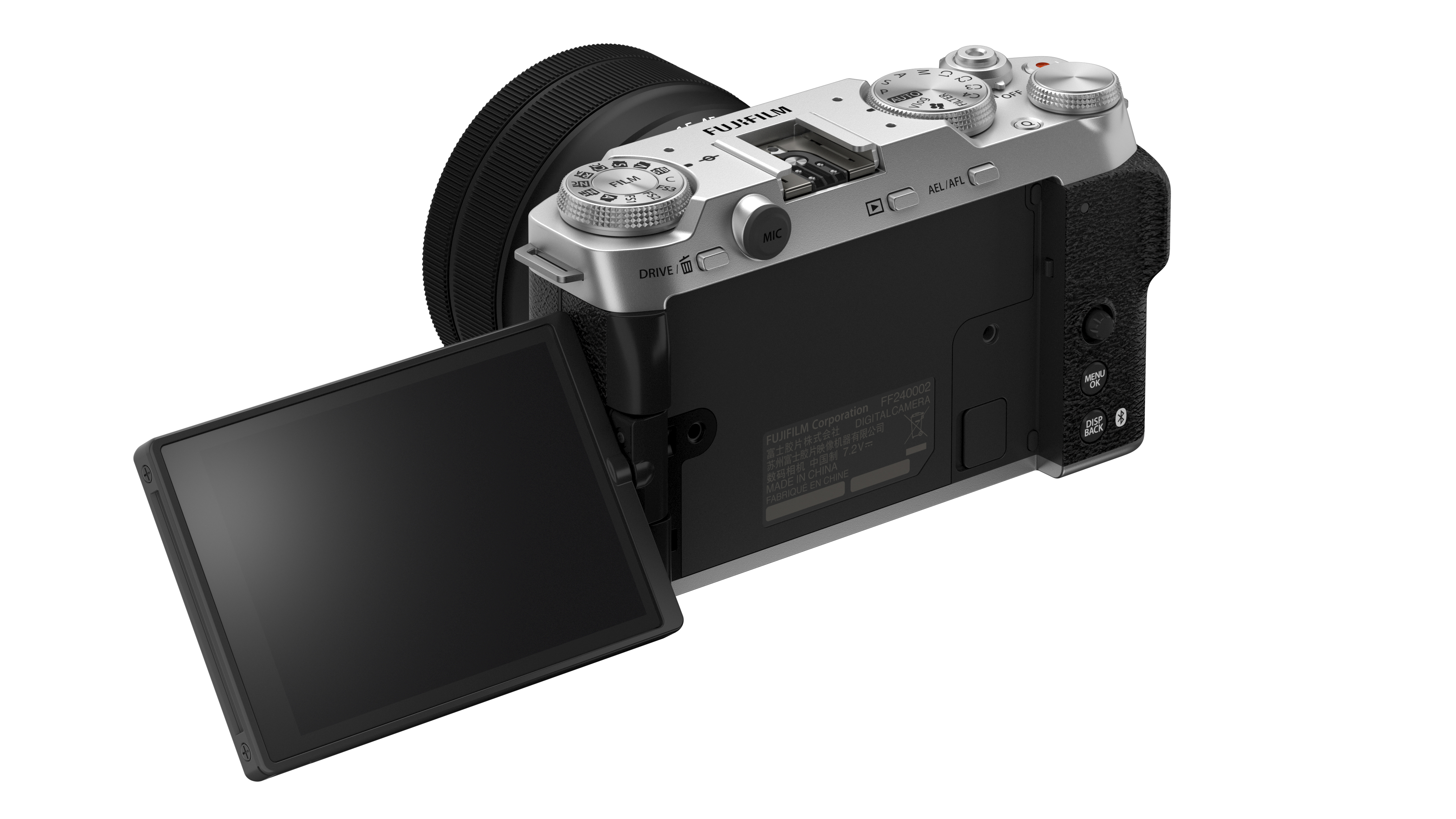
When it comes to video, Fujifilm continues not to hold back on offering all its cameras an impressive amount of recording options. The X-M5 is capable of recording in 6.2K 60p 4:2:2 10-bit onto an SD card, as well as oversampled 4K, standard 4K and 1080p up to 240p.
The X-M5 also benefits from Fuji’s ‘Vlog mode’, which makes it easier to create videos by putting the main settings in easy reach on the vari-angle touch screen, and a new ‘9:16 short movie mode’ which makes it simpler to shoot vertical video for social media. The X-M5 can also drop the bitrate recording of videos down to 25Mbps or even 8Mbps for smaller files that are faster to transfer, edit and post from mobile devices.
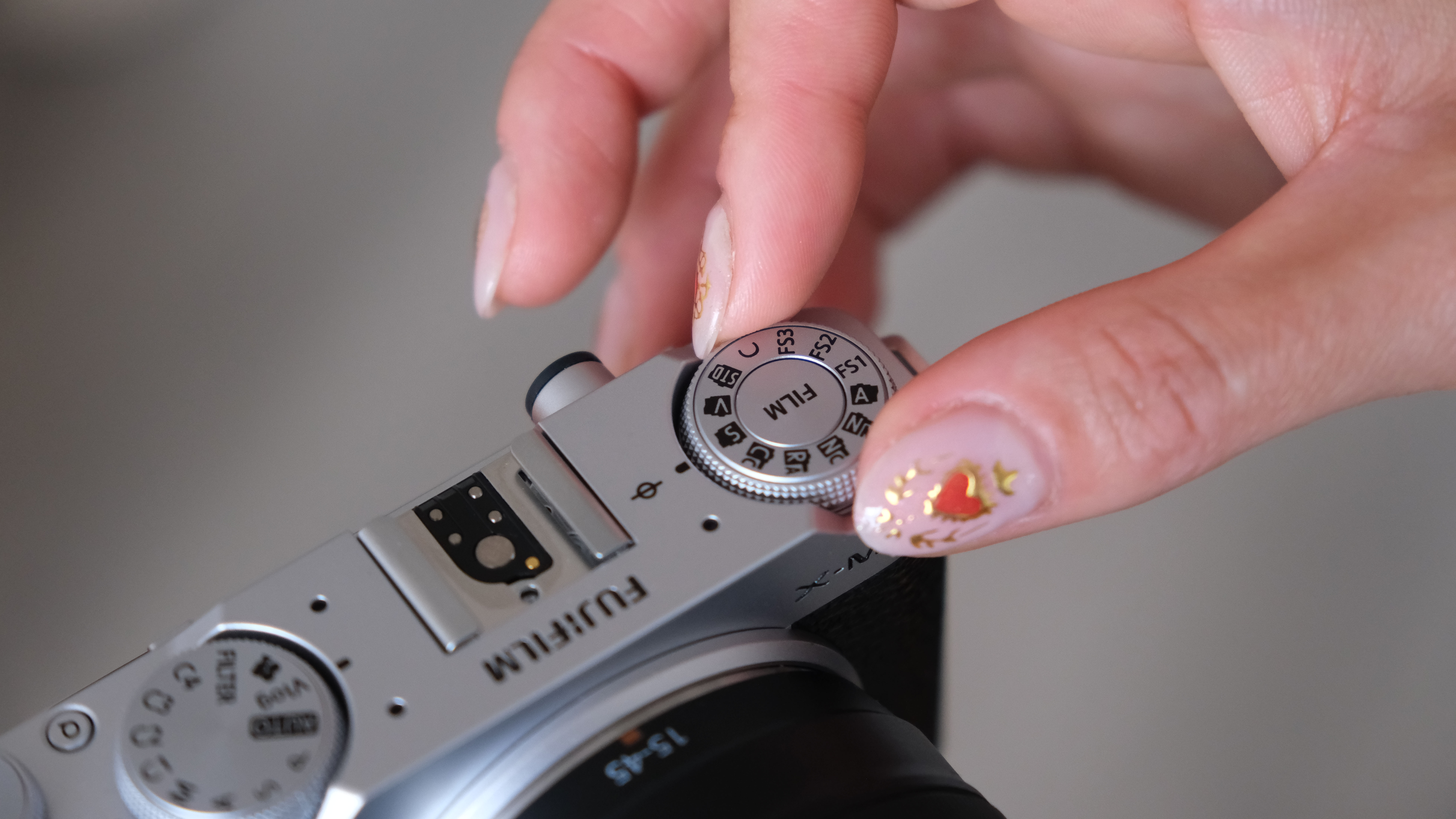
The biggest new addition to video is a new triple-microphone setup, which is clearly a direct shot as Sony’s ZV cameras and their ample audio options. The microphones enable you to set directional audio pickup on the X-M5, switching between front, back, front and back, or surround sound recording. The microphones also have a frequency cut to reduce distracting continuous noises like an air conditioning hum.
The X-M5 will use the rechargeable NP-W126S battery, which is rated for 330 shots in normal modes or 440 in economy. This is the same battery as in the X100VI, where battery life was one of the very few weak points of the camera.
The Fujifilm X-M5 will cost just $799 / £799 / AU$1,449 and will be available in-store on November 14, but it can be preordered now – and if pre-orders are anything like the Fujifilm X100VI, which sold out in minutes, you’re going to want to get in there fast!
For more on all things Fuji, check out our guides to the best Fujifilm camera and best Fujifilm lenses.







